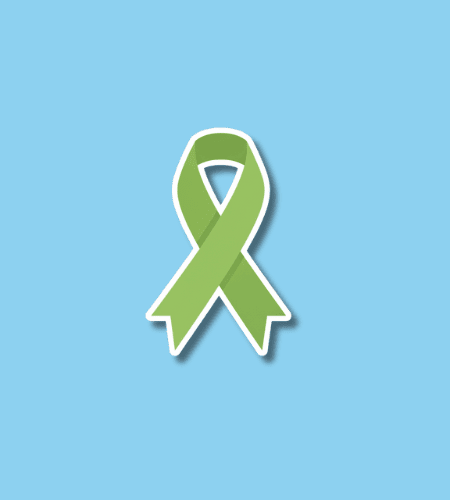World Cerebral Palsy Day is observed October 6 each year as a day of recognition, awareness, inclusion, and action for people living with cerebral palsy (CP).
Table of Contents
History of World Cerebral Palsy Day
The idea for World Cerebral Palsy Day began in 2012, when the Cerebral Palsy Alliance in Australia and United Cerebral Palsy in the USA joined forces to create a global awareness initiative named “Change My World in 1 Minute.” The campaign invited people with CP and their allies to propose inventions, changes, or assistive tools that could help improve daily life.
From that start, the observance gradually evolved from a single‑day awareness effort into a broader social movement. By 2015, the organizers refocused the campaign toward six core issue areas impacting people with CP—such as accessibility, communication, global data, and inclusive services—and developed tools for local adoption of advocacy efforts. Today, it is supported by hundreds of organizations in dozens of countries.
Why is World Cerebral Palsy Day important?
World CP Day matters because it gives voice and visibility to the millions of individuals whose everyday challenges are often overlooked. When society increases awareness, it becomes easier to dismantle misconceptions about what people with cerebral palsy can and cannot do. The day encourages not only empathy but also practical changes — in policy, design, infrastructure, and attitudes — that can make real differences in mobility, communication, and quality of life.
Also, this observance reinforces that CP is not a one-size-fits-all condition. Cerebral palsy manifests quite differently for each person, and many live with multiple overlapping issues—mobility limitations, speech or communication challenges, pain, or secondary conditions. Through collective celebration and advocacy, the global community can push for earlier diagnosis, better services, and more inclusive systems that recognize those varied needs.
- It centers stories and lived experience of people with CP, turning abstract awareness into personal connection
- It strengthens global collaboration, enabling organizations to share resources and strategies
- It highlights gaps in access and equity — especially in low‑resource settings
- It inspires innovation and technological solutions tailored to diverse needs
- It is a reminder that inclusion is ongoing, not just symbolic
How to Observe World Cerebral Palsy Day
Celebrating World CP Day can be meaningful even without grand events. One of the best things you can do is listen to and amplify the voices of those with CP—share their stories, their challenges, and their triumphs. Use social media to spread accurate information with hashtags like #WorldCPDay and #UniqueAndUnited.
You might also host a small gathering, virtual or local, that brings together people with and without disabilities in dialogue. Ask what accessibility means in practice. Brainstorm small changes in your community—ramps, communication tools, inclusive events. If you have influence in schools, workplaces, or local government, advocate for policies or infrastructure improvements that reduce barriers.
Here are some simple ideas:
- Wear green on October 6 and share a photo, helping start conversations
- Share a personal or community story of living with CP
- Host or join an accessible walk, art exhibit, or sharing circle
- Donate to or volunteer with organizations serving people with cerebral palsy
- Write to a local official or institution asking for improved accessibility
World Cerebral Palsy Day Dates Table
| Year | Date | Day |
|---|---|---|
| 2025 | October 6 | Monday |
| 2026 | October 6 | Tuesday |
| 2027 | October 6 | Wednesday |
| 2028 | October 6 | Friday |
| 2029 | October 6 | Saturday |
Subscribe to our newsletter and never miss a holiday again!

